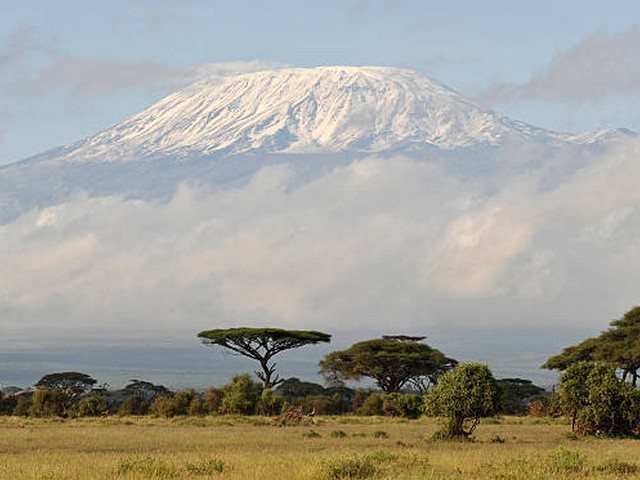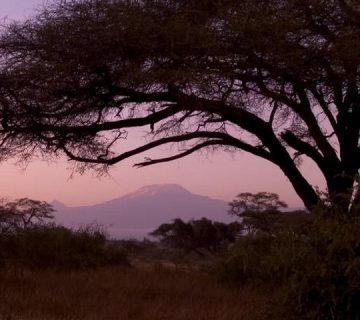Altitude Training for Kilimanjaro Trekking: Reach New Heights with Confidence
Introduction to the Majestic Mount Kilimanjaro
Imagine standing on the roof of Africa, where the sky touches the earth, surrounded by clouds and the sun casting a golden glow on the snow-capped summit. Mount Kilimanjaro, Africa’s tallest peak, invites adventurers from all corners of the world to experience its majestic beauty. However, conquering this giant is no small feat. It requires preparation, determination, and most crucially, effective altitude training. Here at Kilimanjaro Centre for Trekking and Ecotourism (KCTE), we understand the challenges and the transformations that this mountain offers. Let’s explore how altitude training can equip you for the adventure of a lifetime!
Why Is Altitude Training Crucial for Kilimanjaro Trekking?
Trekking Kilimanjaro is not just a physical challenge; it’s an elevation challenge. Rising abruptly from the surrounding plains to approximately 5,895 meters (19,341 feet), Kilimanjaro demands respect and preparation. Altitude training is vital because it helps your body adjust to thinner air, which contains less oxygen. Without proper acclimatization, trekkers may experience altitude sickness, which can hinder the summit attempt.
Understanding the Effects of High Altitude
At higher elevations, the decreased oxygen levels can lead to symptoms ranging from headaches and nausea to more severe conditions like acute mountain sickness (AMS). Preparing your body to better handle these conditions is where altitude training comes into play, enhancing your adventure and safety.
Preparing for the Climb: Altitude Training Techniques
1. Hypoxic Training
This method involves training in or simulating environments with reduced oxygen levels. You can use a hypoxic tent or mask to mimic the high-altitude conditions of Kilimanjaro. These tools limit the oxygen in the air you breathe, encouraging your body to make physiological adjustments, such as increasing red blood cell count, which can improve oxygen delivery to your muscles.
2. Stair Climbing and Hill Workouts
Incorporate plenty of stair climbing or hill workouts into your training regimen. These activities emulate the incline hiking you’ll face on Kilimanjaro and help build endurance and strength in your legs.
3. High-Altitude Hikes
If possible, train on high-altitude hikes near your area. This not only gives you a feel of prolonged walking but also aids your body in acclimatization. Longer hikes will prepare you mentally and physically for the daily trekking you will experience on Kilimanjaro.
Training Tips and Strategies
- Start Early: Begin your altitude training at least two months before your Kilimanjaro trek. This gives your body ample time to adapt.
- Increase Intensity Gradually: Raise the difficulty of your workouts gradually to avoid injury and to allow your body to adapt to the new stresses.
- Stay Hydrated and Nutritionally Balanced: High altitudes can cause fluid loss, and your body will need extra water and nutrients to cope with the physical demands of altitude and exercise.
Success Stories: Triumphs on Kilimanjaro
Hear from those who’ve conquered Kilimanjaro with KCTE after their dedicated altitude training. These stories not only inspire but also illuminate the practical benefits of being well-prepared.
Your Kilimanjaro Adventure Awaits with KCTE
Choose Kilimanjaro Centre for Trekking and Ecotourism (KCTE) as your guide to the summit. Our expertly guided tours and tailored training advice ensure that you are fully prepared for the journey ahead. Booking with KCTE means choosing a partner who values safety, adventure, and the transformative experience of climbing Kilimanjaro.
FAQs on Altitude Training for Kilimanjaro Trekking
What is the best time to start altitude training for a Kilimanjaro trek?
Start your altitude training at least two months before your trek. This timeframe allows your body to adapt gradually and effectively.
Can altitude training prevent altitude sickness?
While altitude training greatly improves your ability to acclimatize, it does not guarantee immunity from altitude sickness. However, it significantly reduces the risk and severity of symptoms.
Is it necessary to use hypoxic devices for training?
While not necessary, hypoxic devices can enhance your training by simulating high-altitude conditions. This can be particularly beneficial if you live in a low-altitude area.
How can KCTE help in my preparation for Kilimanjaro?
KCTE offers customized training programs, detailed pre-trek briefings, and ongoing support throughout your training and trek. We ensure you are well-prepared for the physical and mental challenges of Kilimanjaro.
Conclusion: Step Up to the Challenge with KCTE
Embarking on a trek to Mount Kilimanjaro is a journey that begins long before you set foot on the mountain. It starts with adequate preparation, particularly altitude training. At Kilimanjaro Centre for Trekking and Ecotourism (KCTE), we are dedicated to preparing you for this incredible adventure with expert guidance and support. Ready to reach the roof of Africa? Contact KCTE today, and let’s make your dream climb a reality. The summit awaits – climb with us, climb with confidence.




